Pioneers of American Westward Expansion
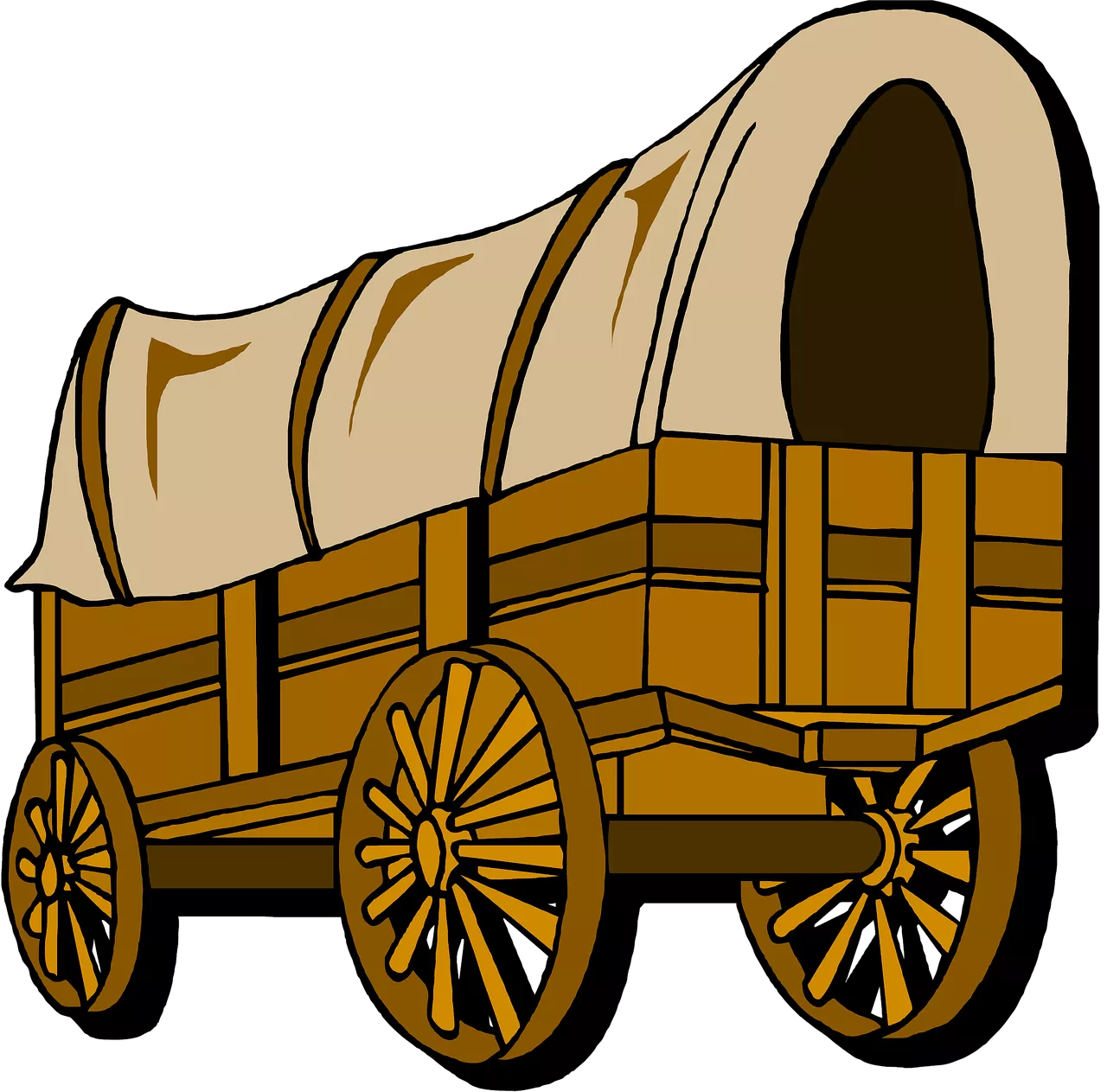
Pioneers of American Westward Expansion had been pushing westwards with a vision of a "promised land" since the 1770s when they began crossing the Appalachians in the East during the War of Independence (April 19, 1775 – September 3, 1783).
Like a "golden light" beaming westward, the pioneers of American westward expansion were willing to uproot and overcome hazardous terrain to turn a distant wilderness into prosperous farms and towns and a new life of freedom.
George Washington
George Washington believed that the destiny of Virginia and later of the United States would be one of expansion from the time he crossed the Allegheny Mountains to command the French to withdraw from the Ohio region claimed by King George II.
His vision of the West would have a profound influence on his country and his prediction of the rapid expansion of American borders westwards would occur during the 19th century.
Mountain Men
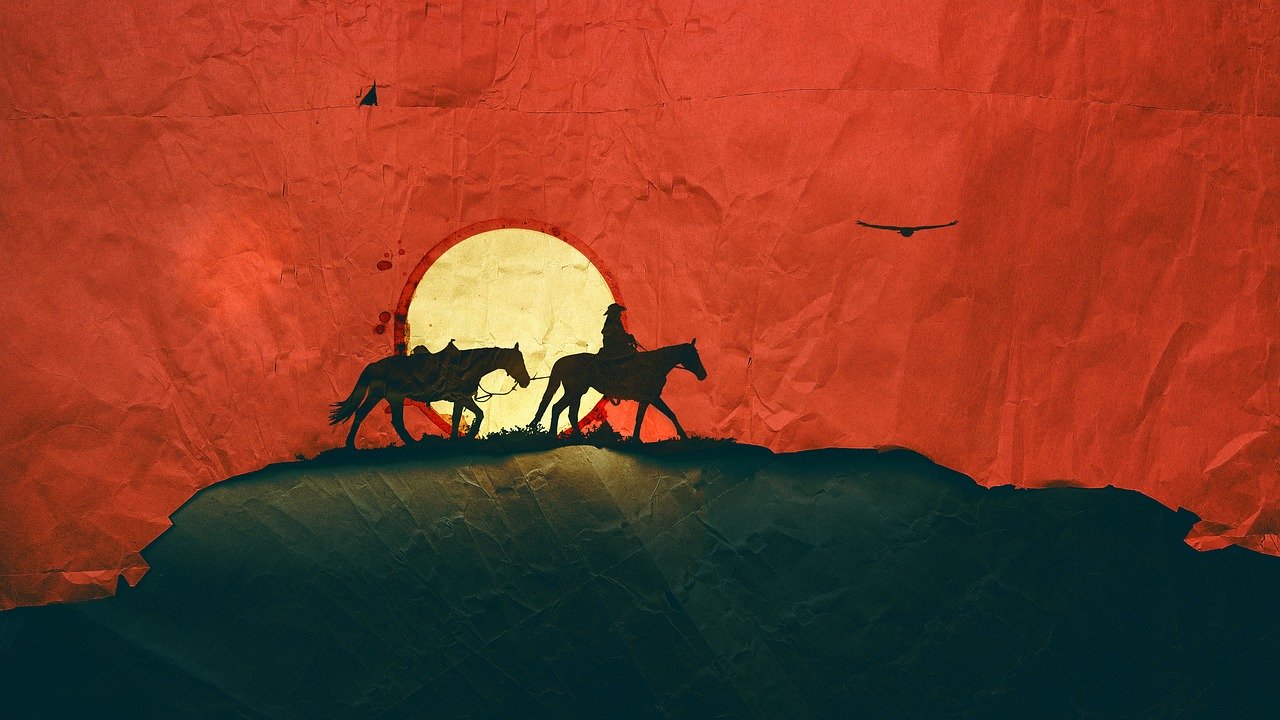
Pioneers of American Westward Expansion
The first Americans to move west were the mountain men who went to the Rockies to hunt beaver, bear and elk in the 1820s and 1830s following in the footsteps of the Lewis and Clarke Expedition (1804–1806).
Many pioneer trails were created and later widened to wagon trails by the work of these mountain men - they would learn more about the rivers and mountain passes than any other travellers at the time.
These were the trails the fur trappers and traders used to transport their furs inland by mules like adventurous men such as Jedidiah Smith and Jim Bridger - these trails were instrumental to later westward expansion.
John Colter
John Colter (1774–1812 or 1813) was a member of the Lewis and Clark Expedition who became the first European man to enter Yellowstone National Park and to see what is now Jackson Hole and the Teton Mountain Range.
He was instrumental in helping the Lewis and Clark Expedition find passes through the Rocky Mountains.
Colter's Run
John Colter and his companion, John Potts were canoeing in the Jefferson River trapping beavers in 1809 when they were called ashore by a large party of Blackfoot Indians.
Colter went to shore but Potts moved his canoe back into the water and shot and killed one of the Blackfoot.
Blackfoot warriors killed Potts with numerous arrows then, stripped Colter of his clothing and told him to run for his life while five to six hundred Indians chased after him.
Colter knew that he must outrun the Blackfoot if he had any chance of surviving.
After running several miles Colter looked over his should to find that only one of the Blackfoot was within 20 yards of him.
He stopped suddenly and, using the Indian's own spear, killed him.
Colter then found refuge at a bank in the river where he hid under driftwood and heard the shrills of the rest of the Blackfoot, who travelled up and down the river looking for him.
He hid there until night, then swam down the river and traveled all night until he was a great distance from the Blackfoot.
Exhausted from his run, frozen from the river, completely naked and prickly pear thorns piercing his feet, Colter miraculously travelled to Manuel Lisa’s Fort Raymond within seven days, surviving only on roots.
Legendary Frontiers Men
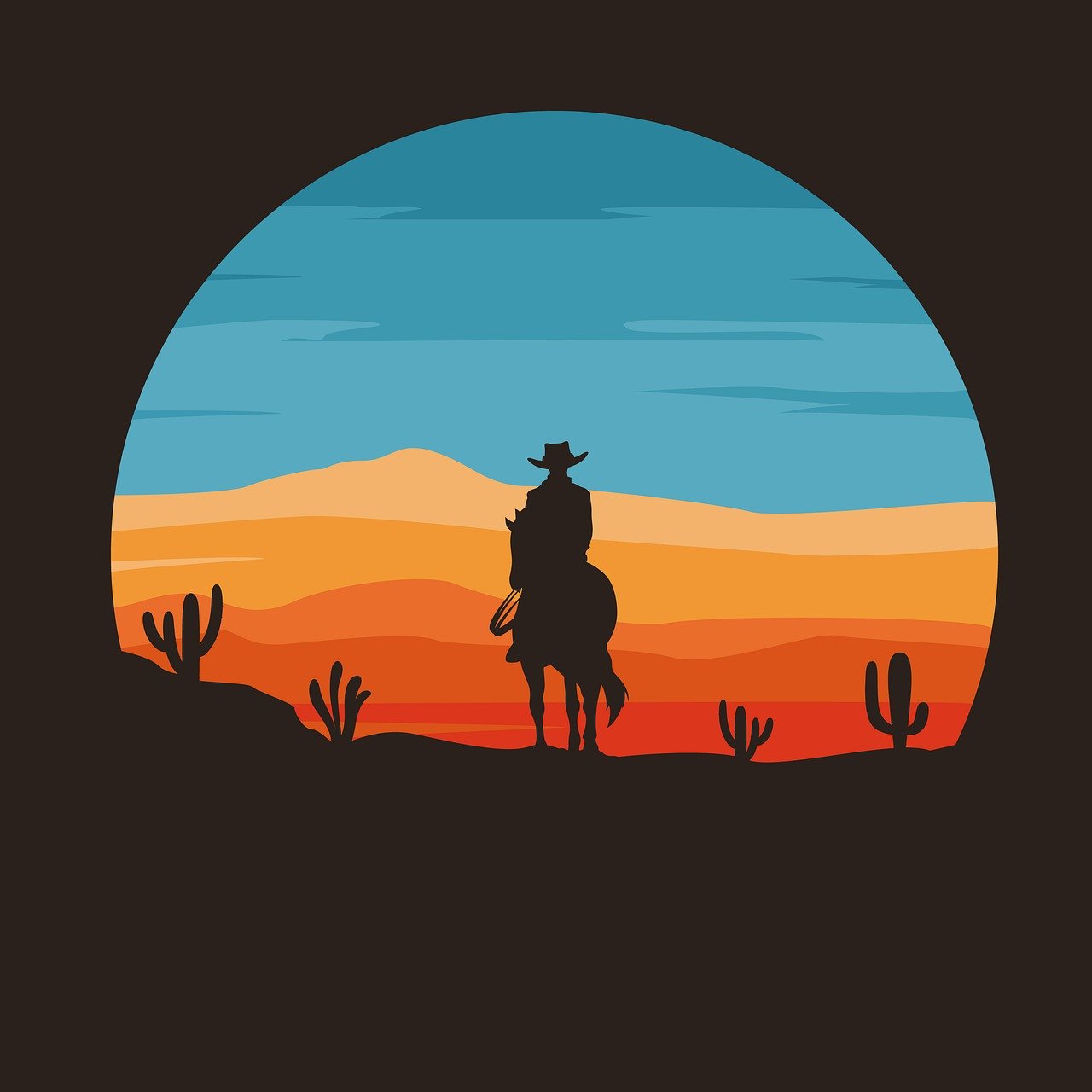
Pioneers of American Westward Expansion
Daniel Boone
Daniel Boone (1734 – 1820) was an American frontiersman and famous for exploring Kentucky when it was not yet a US state.
In 1769, he made the Wilderness Road, a trail through the Appalachian Mountains from North Carolina and Tennessee and through Kentucky.
Daniel Boone served as a militia officer during the Revolutionary War (1775–1783) and became a legend in his own lifetime as one of the foremost early frontiersmen who became the subject of many heroic tales of American folklore.
George Rogers Clark
George Rogers Clark (November 19, 1752 – February 13, 1818) is an American hero and was known as a skilled and fearless fighter.
He was an American military officer and surveyor from Virginia who became the highest-ranking Patriot military officer on the north-western frontier during the Revolutionary War - his major military achievements occurred before his thirtieth birthday.
He was a great leader, orator and a master of psychological warfare who had the capacity to see ahead and think strategically.
His youngest brother William Clark was the future co-leader of the Lewis and Clark Expedition!
Davy Crockett
David Crockett (August 17, 1786 – March 6, 1836) was an American folk hero, frontiersman, soldier and politician who is often referred to as the "King of the Wild Frontier" - his coonskin cap personalized him.
Davy Crockett was made a colonel in the militia of Lawrence County, Tennessee and was elected to the Tennessee state legislature in 1821.
In 1827, he represented Tennessee in the U.S. House of Representatives where he opposed many of the policies of President Andrew Jackson, especially the Indian Removal Act.
In early 1836, he took part in the Texas Revolution and died at the Battle of the Alamo on March 6, 1836 at 49 years of age.
Davy Crockett's exploits popularized by stage plays, television and film portrayals have made him one of the best-known American folk heroes.
Jim Bowie
James Bowie (April 10, 1796 – March 6, 1836) was a 19th-century American pioneer, slave smuggler and trader, and soldier who played a prominent role in the Texas Revolution.
He was among the Americans who died at the Battle of the Alamo on March 6, 1836.
Stories of him as a tough and fearless fighter and frontiersman have made him a legendary figure in Texas history and a folk hero of American culture.
Jim Bowie's long-bladed hunting knife, secured his reputation as the most formidable knife fighter in a brawl called the Vidalia Sandbar Duel, near Natchez, Mississippi.
Kit Carson
Christopher Houston Carson (December 24, 1809 – May 23, 1868) was an American frontiersman, fur trapper, wilderness guide, Indian agent and U.S. Army officer.
He became a fronter legend in his own lifetime through biographies and news articles of his exploits were the subject of dime novels.
Kit Carson left home in rural Missouri at 16 to become a mountain man and trapper in the West.
In the 1830s, he accompanied Ewing Young on an expedition to Mexican California and joined fur-trapping expeditions into the Rocky Mountains.
He lived among and married into the Arapaho and Cheyenne tribes.

Lewis and Clark Expedition
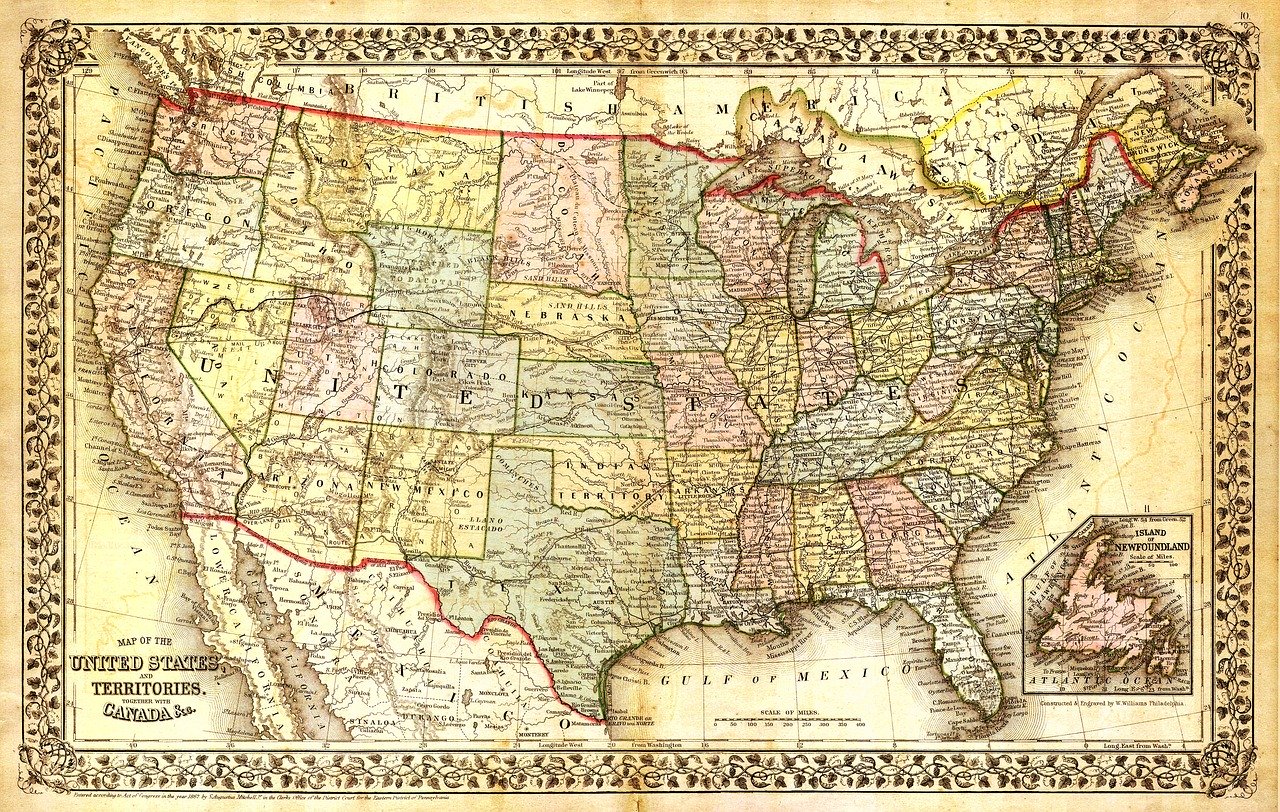
Pioneers of American Westward Expansion
In 1804, President Thomas Jefferson sent an expedition led by Meriwether Lewis and William Clark Expedition (1804–1806) to explore and survey the Missouri and Columbia rivers, locating routes that would connect the continental interior to the Pacific Ocean.
The expedition altered the struggle for control of the Pacific Northwest and strengthened the U.S. claim to the future states of Oregon and Washington.
The Lewis and Clark team mapped uncharted land, rivers and mountains, brought back details about Native American tribes and scientific notes about plants and new species of animals they'd never seen before which included 178 plants and 122 animals, mammals, birds, reptiles and fish.
They made the first systematic record of the meteorology of the West and attempted to determine the latitude and longitude of significant geographical points.
They also brought back stories that made many Americans dream about heading westward.
Manifest Destiny
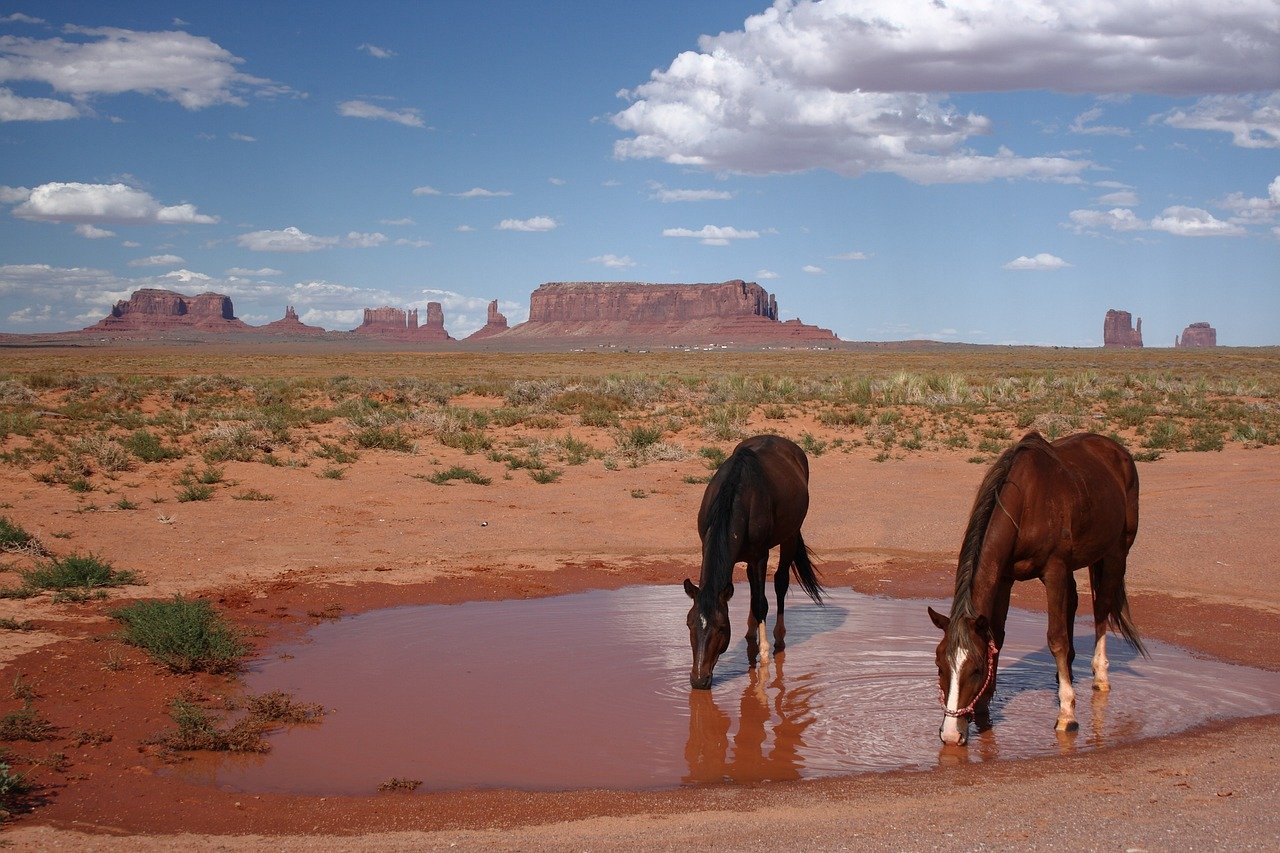
Pioneers of American Westward Expansion
From the War of 1812 - 1815 to the acquisition of Alaska in 1867, has been called the "Age of Manifest Destiny".
*The War of 1812 was fought between the United States and Great Britain over the impressment (forcing men to serve in the military against their will) of American sailors by the British Navy as well as disagreements over trade, western expansion, and Native American policy.
Manifest Destiny was a phrase coined in 1845 that represented the belief in the 19th-century United States that American settlers were destined to expand westward across North America.
This belief was both obvious ("manifest") and certain ("destiny") rooted in American exceptionalism and Romantic nationalism.
It was one of the earliest expressions of American imperialism in the United States of America that had three basic tenets:
1. Assumption of the unique moral virtue of the United States.
2. Assertion of its mission to redeem the world by the spread of republican government and generally the "American way of life."
3. Faith in the nation's divinely ordained destiny to succeed.
President Thomas Jefferson
Westward expansion began with the Louisiana Purchase April 30, 1803 which added vast fertile lands and settlements to America. - it was the greatest real estate deal in history.
President Thomas Jefferson nearly doubled the size of the nation and expanding the nation westward by negotiating a price of $15 million to purchase 828,800 square miles west of the Mississippi River from France, including all or part of 14 current states.
The United States borrowed the $15 million from British and Dutch banks, at an annual interest rate of six percent.
President Andrew Jackson
Andrew Jackson (March 15, 1767 – June 8, 1845 - nicknamed “Old Hickory” which refers to this strength and stubbornness) was an American lawyer, planter, general and statesman who served as the seventh president of the United States from 1829 to 1837.
A major general in the War of 1812, Jackson became a national hero when he defeated the British at New Orleans.
As President of the United States from 1829 to 1837 Jackson oversaw much of the nation's westward expansion.
He passed the Indian Removal act in May 28, 1830 "for an exchange of lands with the Indians residing in any of the states or territories, and for their removal west of the river Mississippi".
More than 86 treaties were signed with Indian tribes stipulating their relocation out of western territories primarily to make room for settlers and to open the land to gold and silver mining - the forced displacement of approximately 60,000 indigenous people is known as the "Trail of Tears".
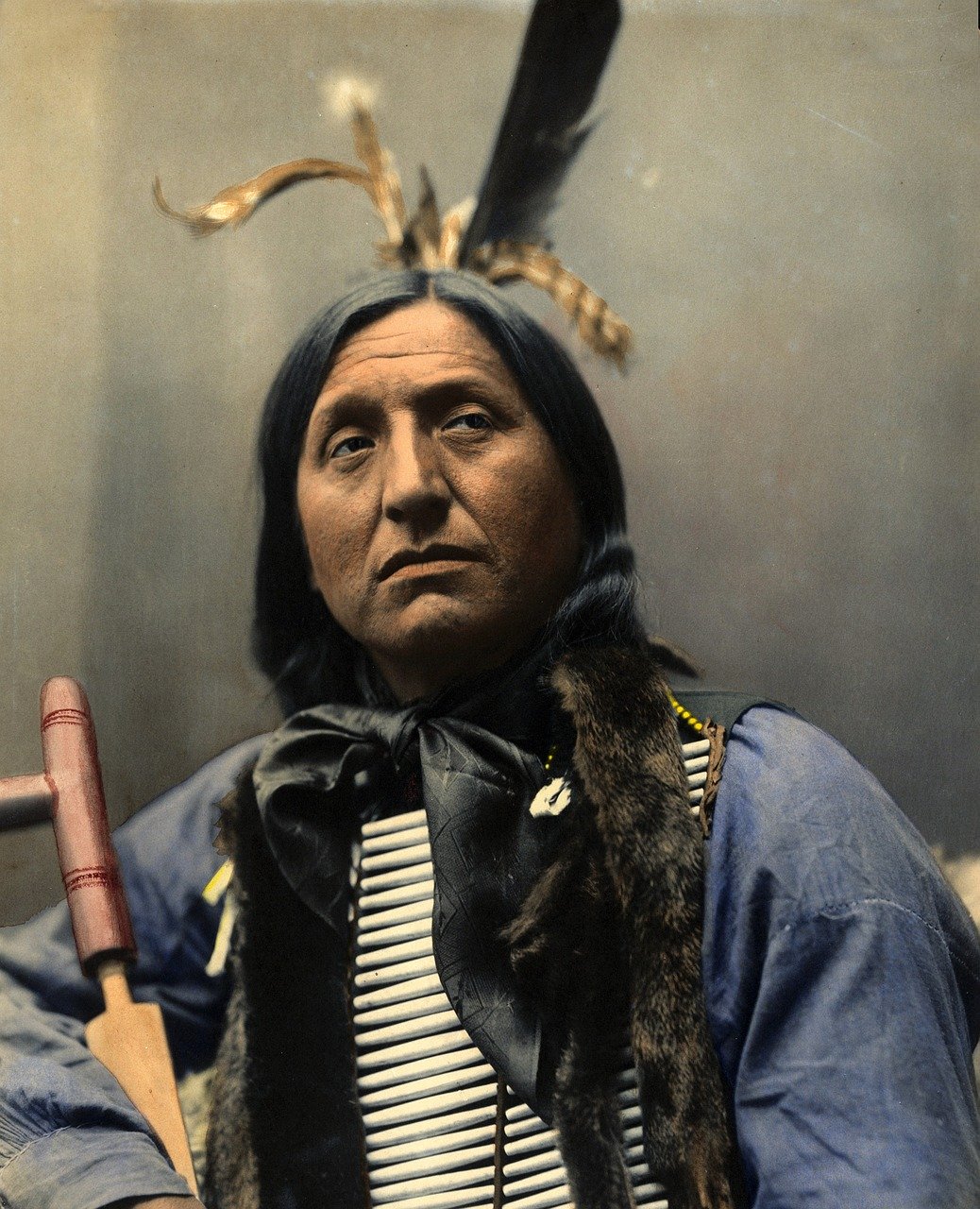
Pioneers of American Westward Expansion

Era of Territorial Expansion
Territorial expansion was an ongoing goal for America:
Belief in Manifest Destiny - associated with the territorial expansion of the United States from 1812 to 1867.
Desire for political power - the Louisiana Purchase and the annexation of Texas provided fertile lands for settlement and new economic opportunities.
Expansionism brought vast natural resources and ports along the Atlantic, Pacific and Gulf coasts for expanding trade
The discovery of gold, silver, lead and copper in the American West stimulated large-scale migration, demands for transportation and created new economies attracting prospectors, miners and settlers resulting in rapid urbanization and the growth of the Western frontier.
The railroads created Boom Towns - as Boom Towns grew, the territory then apply for statehood.
Pioneers of American Westward Expansion
The pioneer expansion westward faced challenges that took real determination to endure hardship and dangers on a long journey through hostile terrain, harsh weather conditions, Indian attacks, disease caused by poor sanitation and frequent setbacks.
Wagon Trains
Pioneers of American westward expansion faced hardship and dangers traveling by oxen-pulled wagon or a team of horses and walking about 20 miles a day carrying from 10 to 40 pounds of weight on their backs with a rifle, horn and bullet pouch on the rough trails filled with holes or rocks and having to cope with torrential rains, wind storms, heat, snow, mud and dust.
Wagons were filled with supplies and tools for the journey out west where a homestead would need to be built upon arrival.
Those riding in the wagons suffered uncomfortable, jolting rides and reaching rivers and creeks was a big obstacle for pioneers with covered wagons that could take days to cross.
It involved looking for a shallow point in the river and bringing the horses and wagons across through the water usually with a rope strung across from one end to the other to hold onto and holding certain belongings over their heads.
They drank water from nearby streams and rivers and slept most nights in tents or bedrolls outside the wagon.
Large wagon trains formed corrals by circling their wagons or U-shape where animals could be herded if needed for the night to afford protection from animals and Indians.
Despite all this, new births, weddings, and campfire dances were also part of their trek westward.
Frequent water sources were required for both traveller and livestock on the 2,000 mile-long trail.
Death was a constant companion from a variety of causes such as lack of food or water, Indian attacks accidents, rattlesnake bites and disease - of an estimated 4000,000 emigrants who started the journey between 20,000 and 30,000 people died.
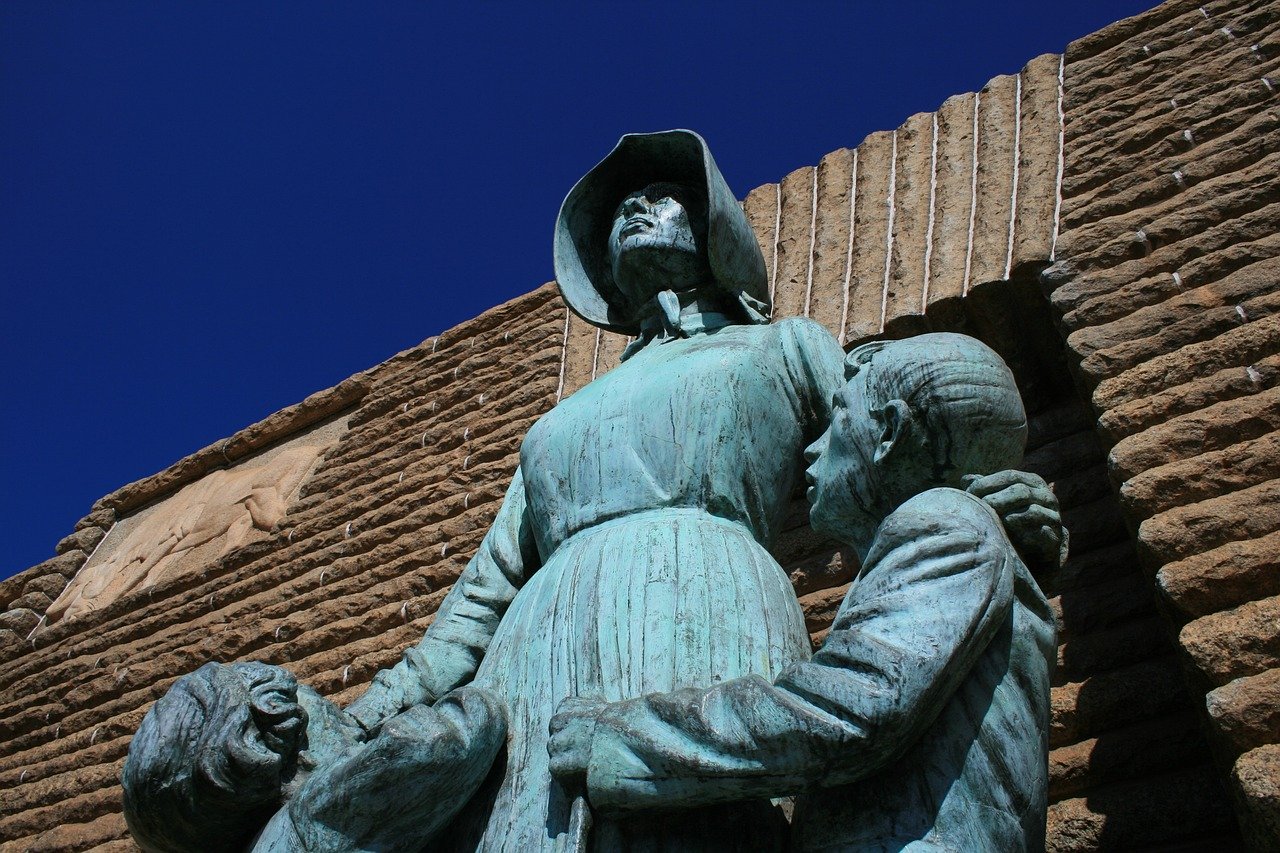
Major Westward Trails
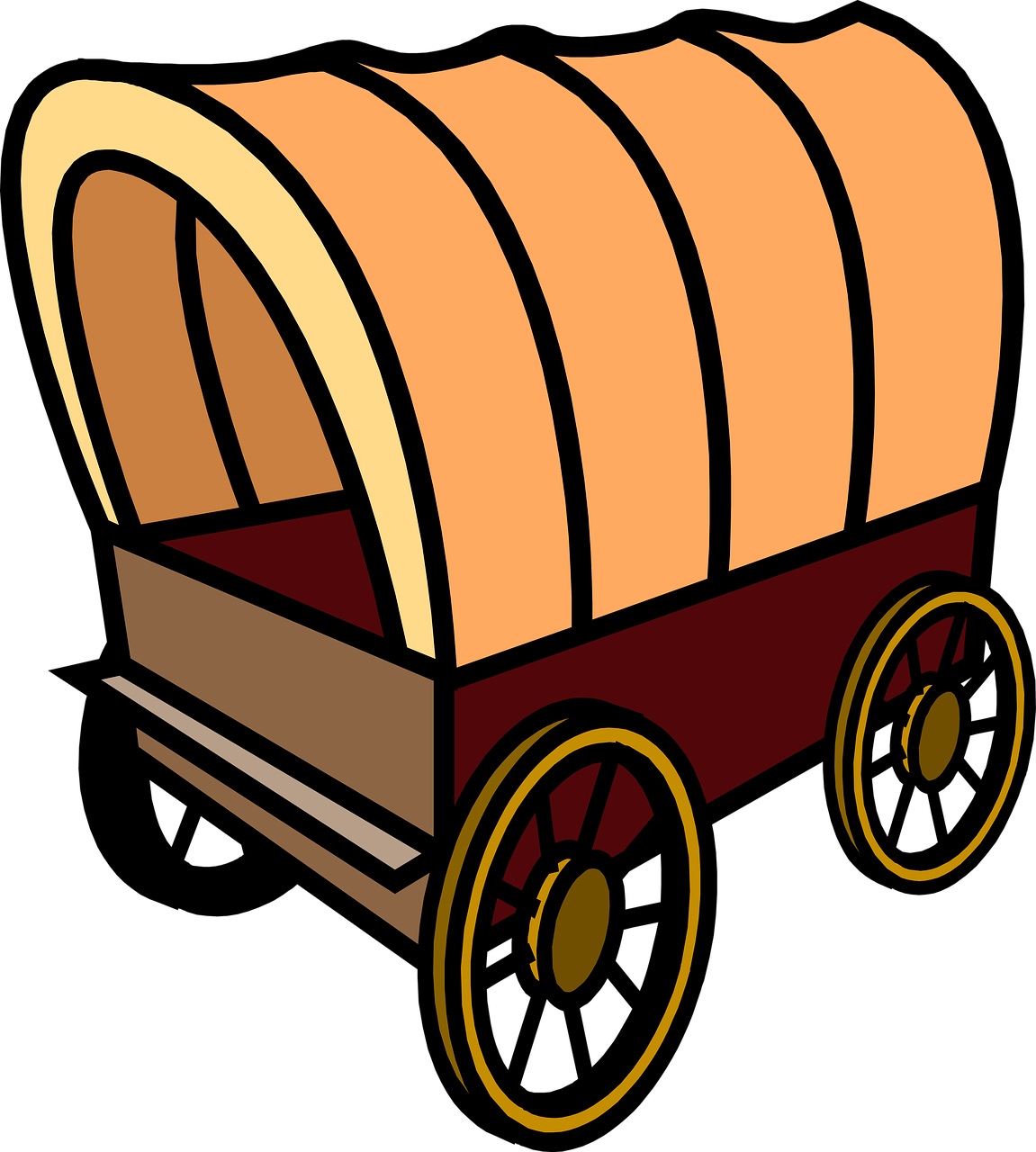
Pioneers of American Westward Expansion
Brave pioneers journeyed west for about five months along overland trails that were physically demanding and hazardous.
There were four main overland routes all branching out from Independence, Missouri:
1. Oregon Trail
2. California Trail
3. Mormon Trail
4. Santa Fe Trail
They came seeking land, religious freedom, and prosperity.
From the early to mid-1830s and through the years 1846–1869 the Oregon Trail and its many offshoots were used by about 400,000 settlers, farmers, miners, ranchers, and business owners and their families to get to the "promised land" of Oregon.
The eastern half of the trail was also used by travelers on the California Trail (from 1843), Mormon Trail (from 1847), and Bozeman Trail (from 1863).
The trail declined after the first transcontinental railroad was completed in 1869 making the trip west substantially faster, cheaper, and safer.
The railroad led to much more rapid western migration and also facilitated economic development.
Oregon Trail
Pioneers of American Expansion
In the 1840s, Independence was bustling with life as Oregon fever hit the nation.
The Oregon Trail was laid by fur traders and trappers from about 1811 to 1840 and was only passable on foot or horseback through the arid plains and mountains.
The Oregon Trail was a 2,170-mile (3,490 km) east–west emigrant trail that connected the Missouri River to valleys in Oregon Territory.
By 1836, when the first migrant wagon train was organized in Independence, Missouri, a wagon trail had been cleared to Fort Hall, Idaho.
Between 1841 - 1842 there were small-scale crossings.
The first big crossing on the Oregon Trail, nicknamed “The Great Migration, was in 1843 from Independence, Missouri to Oregon during spring with 200 families in 120 wagons and 5,000 cattle with Peter Burnett as trail boss and ex-Mountain-man, John Gantt as guide so as to make sure that there was enough pasture for the animals and that Oregon would be reached by winter before the snows finally set in.
Through the years, 1846–1869 the Oregon Trail and its many offshoots were used by about 400,000 settlers, farmers, miners, ranchers, and business owners and their families to get to Oregon and its surrounding counterparts.
California Trail
Pioneers of American Westward Expansion
Gold Rush
On 24th of January, 1848, just a week after California officially became American, James Marshall was building a sawmill for his employer, John Sutter when he saw gold upon a rock about six inches beneath the surface of the water in the American River in Northern California.
California immediately became known as the Golden State and prospered as did the whole nation.
Tens of thousands migrants from all over the world traveled to California during this time - prospectors who sought their fortunes became known collectively as forty-niners, in reference to the year they arrived.
Those who migrated to California during the gold rush in the year 1849 became known as "Forty-niners".
The result was new wealth and an increased, diverse population.
Small settlements grew into cities, business boomed, and California became a state on September 9, 1850.
The Gold Rush significantly influenced the history of California and the United States by propelling significant industrial and agricultural development
California Trail
Pioneers of American Westward Expansion
The California Trail was about 1,600 miles (2,600 km) across the western half of the North American continent from Missouri River towns to California.
After it was established, the first half of the California Trail followed the same river valley trails as the Oregon Trail and the Mormon Trail, namely the valleys of the Platte, North Platte, and Sweetwater rivers to Wyoming but it also had several splits and cutoffs for alternative routes to different destinations.
Women on the Trail
Women on the trail got to showcase a wider range of skills outside of their traditional domestic skills as part of a wagon train - they also gathered buffalo chips for fuel, drove oxen teams, cared for the sick including sewing, knitting, mending, caring for children and even guard duty.
Women like Sarah Winnemucca, Catherine Haun and many others paint a vivid picture of life on the trail and the settlements in the west.
Nancy Kelsey (August 1, 1823, in Barren County, Kentucky – August 10, 1896, in Cuyama, California) a member of the Bartleson–Bidwell Party was the first white woman to travel overland from Missouri and crossed the Sierra Nevada mountains into California on November 25, 1841 - her husband Ben decided to travel west after reading a letter about California's climate and crop-growing advantages.
Mormon Trail
Pioneers of American Westward Expansion
Unlike other Americans, the Mormons simply wanted to find a place where they could enjoy religious freedom
The Mormon Trail is the 1,300-mile (2,100 km) long route from Illinois to Utah on which Brigham Young and his followers (members of the Church of Jesus Christ of Latter-day Saints) traveled from 1846–47 and settled.
Today, the Mormon Trail is a part of the United States National Trails System, known as the Mormon Pioneer National Historic Trail.
In the spring of 1847, Young led his people to the Salt Lake Valley, which was then outside the boundaries of the United States and later became Utah.
Santa Fe Trail
Pioneers of American Westward Expansion
The Santa Fe Trail was a 19th-century route through central North America that connected Independence, Missouri, with Santa Fe, New Mexico.
Two other trails also started from the booming Missouri town of Independence - The Oregan and the California Trails.
William Becknell (1787 or 1788 – April 25, 1856) was an American soldier, politician and freight operator who is credited with opening the famous Santa Fe Trail in 1821.
Pioneer caravans crossed it time and merchants used it to convey their products to the Southwest.
The trail served as a vital commercial highway until 1880 when the railroad arrived in Santa Fe.
The trail was later incorporated into parts of the National Old Trails Road and U.S. Route 66.

Ezine Articles Author Link
Click on the Link Below

Newsletter Opt-in-Form
The Keen Traveler
Your second block of text...
Recent Articles
-
When all we Have is God
Dec 20, 25 04:21 AM
When all we have is God in times of loss hardship or loneliness God's Presence offers refuge, strength and a purpose for the future. -
Beauty of Christmas
Dec 11, 25 04:22 AM
The beauty of Christmas is the celebration of the real Christmas Story with the Birth of Jesus Christ, the Son of God, Who came to bring love, hope, and salvation to the world. -
Spiritual Treasures of Life
Nov 26, 25 04:44 AM
Spiritual treasures of life are internal riches that are more valuable and everlasting than material wealth.


